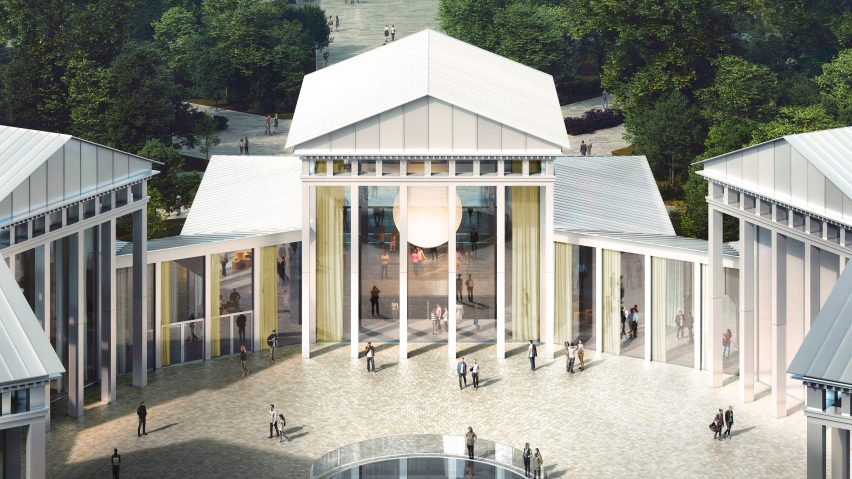
SANAA to reconstruct Moscow's Hexagon pavilion for Garage Museum
The Garage Museum of Contemporary Art in Moscow has announced a collaboration with Japanese studio SANAA to restore a ruined 1920s pavilion and turn it into a major new gallery space.
SANAA has created a new design for the Hexagon, a listed building that was once an exhibition centre but that is currently in ruins after a series of fires.
Located next to the main Garage Museum building in Gorky Park, the pavilion is set to become a destination for "social interaction and the display of various artistic practices".
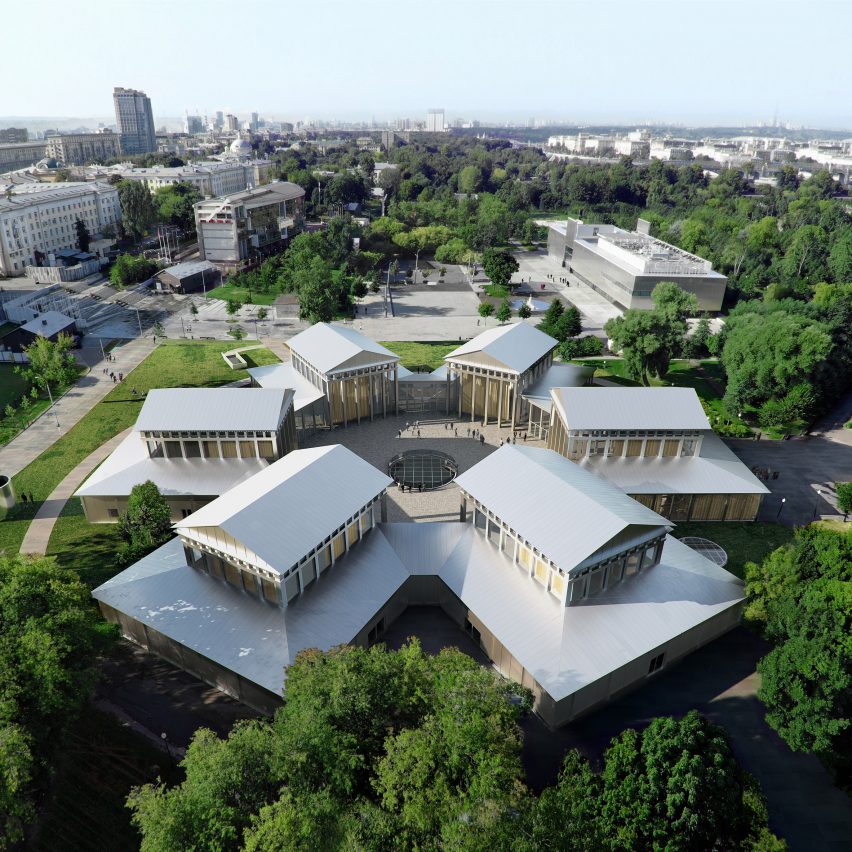
The Hexagon was originally designed by Russian architects Ivan Zholtovsky, Viktor Kokorin and Mikhail Parusnikov to serve as the Machines and Tools Pavilion at the Agricultural and Handicraft Industries Exhibition in 1923.
The building consists of a series of six identical halls, organised around a circular courtyard.
Various changes have been made to these structures over the years, as the building has also served as a lemonade factory, a cafe, a cinema and a discotheque.
SANAA's design restores the original proportions of the internal layouts, allowing double-height gallery spaces to open directly out to the courtyard.
The restoration will create 9,500 square metres of functional space, including three exhibition galleries, a library, a bookstore and a cafe.
The structures will be stripped of any non-original decorative elements to highlight the building's neoclassical form.
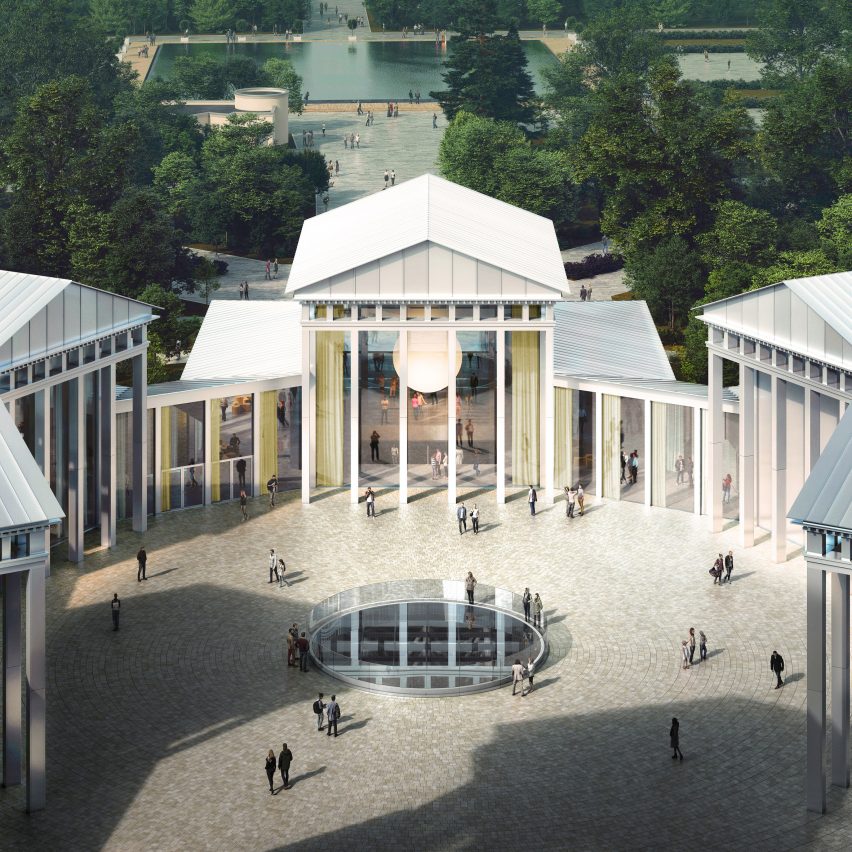
SANAA founders Kazuyo Sejima and Ryue Nishizawa said their aim is to retain the Hexagon's "particular charm".
"When we were invited to work on the Hexagon, we immediately began to think about whether we could somehow preserve the original layout and proportions, and whether we could create something that everyone would use," the studio said.
"Garage has always had a strong focus on the architecture of public spaces and their history, and this is very much in line with our practice."
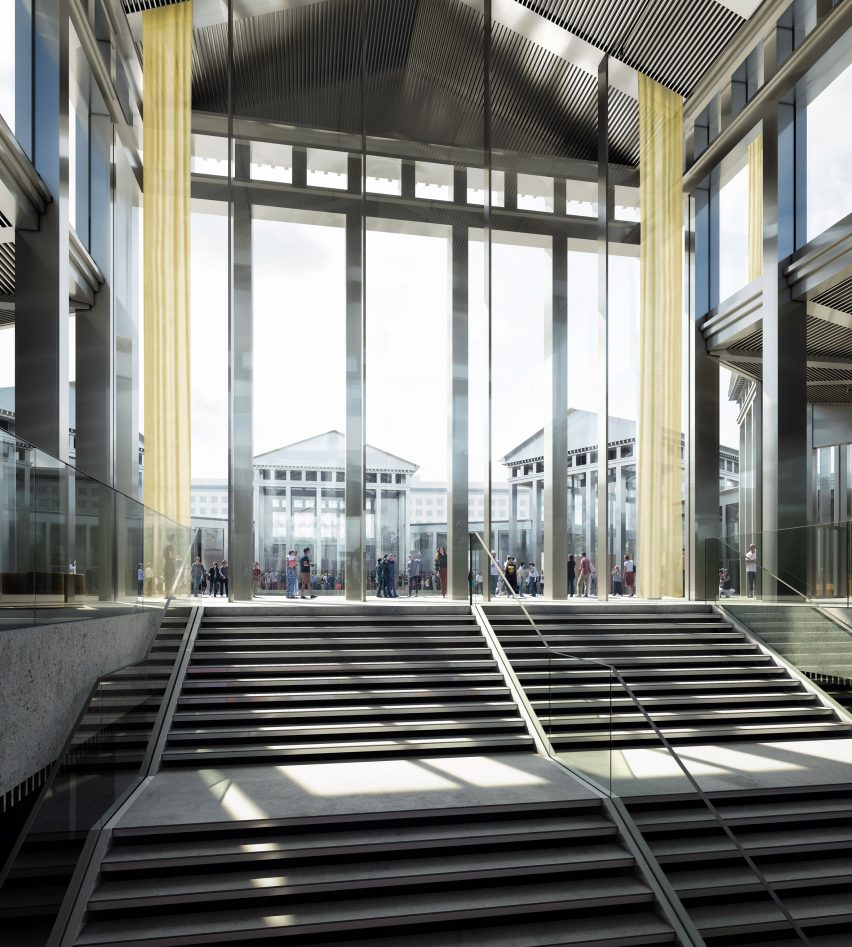
The project facilitates the ongoing expansion of the Garage Museum, which was founded by arts patron Dasha Zhukova and former husband Roman Abramovich in 2008.
The museum moved into its first permanent home, a building designed by OMA, in 2015, after previously occupying the former Bakhmetevsky Bus Garage in Obraztsova Street and a pavilion designed by Shigeru Ban.
The revival of the Hexagon will create more space for the museum's growing list of activities and initiatives, which includes an archive of Russian contemporary art history, the Garage Live performance programme and the Garage Screen film programme.
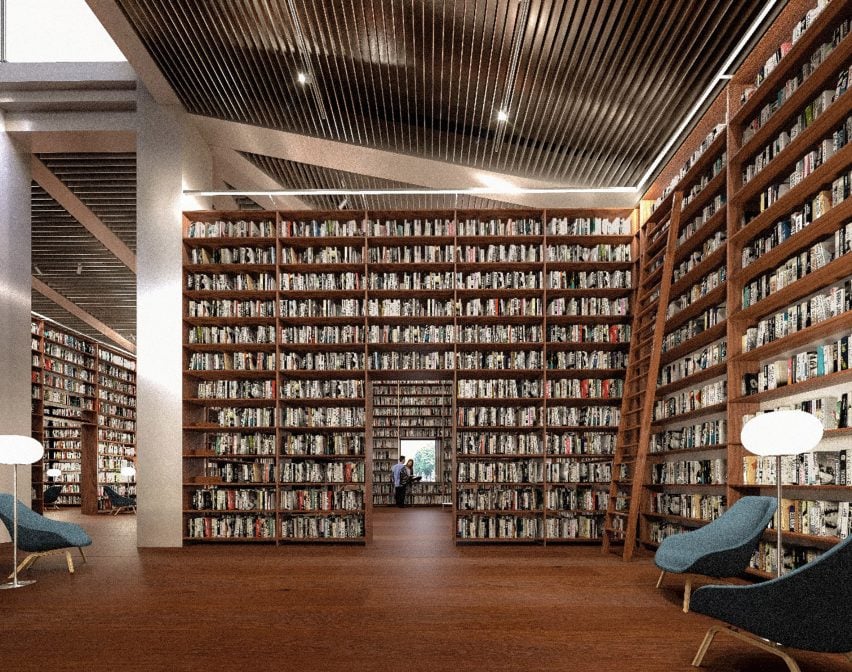
"The Hexagon will be revived by SANAA's thoughtful and sensitive design, allowing Garage to ground itself in Russian history while expanding into the current global conversation," said Zhukova.
"We want to ensure that our building reflects our ongoing inquiry into the function, purpose and responsibility of the modern-day museum," she stated.
The building is expected to will be highly energy efficiency, thanks to the use of high-performance glass and a geothermal heating and cooling system, according to the Garage Museum.
This is not the only renovation project that SANAA has been working on recently – the news follows the opening of the overhauled La Samaritaine department store in Paris.
SANAA is best known for major new buildings including the New Museum in New York and the Rolex Learning Centre in Switzerland.